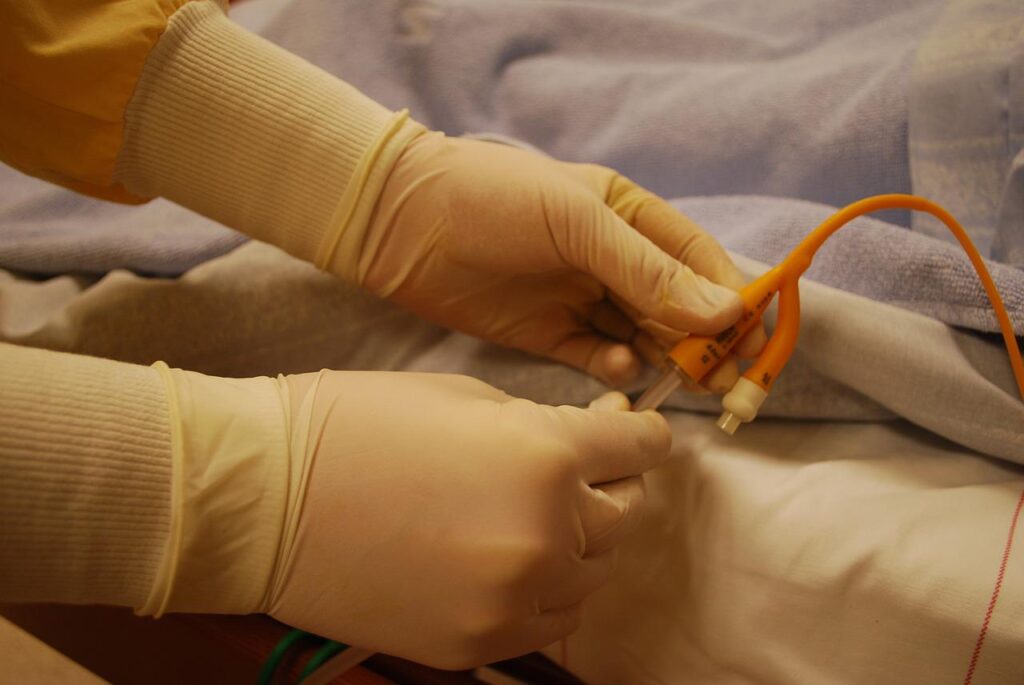Biocompatible plastics aren’t the next big thing in healthcare. They’re here now, and they’re paying off for everyone involved in healthcare. More and more manufacturers are using these plastics to produce medical devices and packaging. Researchers expect the biocompatible plastics market to rise considerably during the forecast period between 2022 and 2028. Some experts believe the Golden Age of biocompatible plastics has only just begun.
Biocompatible plastics offer numerous advantages over metal and other materials when used in medical or medical device applications. Plastics’ properties include strength, malleability, longevity, optimized performance, and chemical inertness. These properties make these polymers ideal for many medical uses. Plastics also offer better corrosion resistance from disinfectants than metals do—a big plus for the healthcare community.
Manufacturers especially like biocompatible plastics because they can produce medical devices or components using these materials at a much lower cost than metal. Plus, they produce products and components that last longer and perform better than metal ones. It’s no wonder, then, biocompatible plastics dominate the medical industry. Given the big changes that have taken place in the healthcare industry in the last few years, you could say these plastics are just what the doctor ordered.
What are Biocompatible Plastics?
So, what are biocompatible plastics? Let’s start with the term “biocompatible.” It describes the suitability of a material for exposure to people with no bad reactions. In fact, biocompatible materials may last for years in someone’s body without fear of causing an adverse reaction.
Biocompatible materials, however, may cause some minor inflammatory and/or immune reactions when first implanted.
This initial reaction is seldom severe and part of a body’s typical response and usually goes away quickly. Non-compatible materials, on the other hand, cause significant harm and may even be life-threatening. This disruption to a body’s normal healing processes often has protracted and serious consequences. Biocompatible plastics are also ideal for many dental applications. Some biocompatible plastics include:
- Polystyrene (PS)
- Polypropylene (PP)
- Polyvinyl chloride (PVC)
- Polyethylene (PE)
- Polyurethane (PU)
- Polycarbonate (PC)
- Polyethylene terephthalate (PET)
- Polyetheretherketone (PEEK)
Biocompatible plastics are found in a wide variety of medical devices, instruments, and components—from medical tubing to sophisticated spinal implants. As you might expect, biocompatible plastics are also a critical area of medical research.
Biocompatible plastics used in medical devices and components must meet strict quality standards, often with the help of industrial ovens, like Despatch’s PRC2-63 Catheter Curing and Annealing Oven (Tall Catheter Oven).
Categorizing Biocompatible Plastics
When it comes to evaluating biocompatibility, today’s bio-compatible medical devices can be placed in one of three categories:
- Implant devices (stents, grafts, plates)
- Surface devices (catheters, contact lenses, endotracheal tubes)
- Externally communicating devices (pacemakers, oxygenators, laparoscopes)
Depending on what category a device is placed in, these materials must undergo testing of their thermal, medical, mechanical, and other properties.
Biocompatible can also be categorized by the amount of time they spend in contact with a person’s body—non-contact (blood storage bags, glucose bag drips, syringes), short-term contact (feeding tubes, catheters, drainage tubes), and long-term contact (drug delivery devices, implants). Testing a material’s biocompatibility varies depending on the application.
Testing addresses both in vivo and in vitro evaluations. Test protocols include cytotoxicity, hemocompatibility, irritation, implantation, sensitization, and system toxicity. Biocompatibility testing also must account for potential misuse of the device or component. Biocompatibility testing of medical devices and device components from biocompatible plastics are addressed by ISO Standard 10993
PEEK: The Hottest Biocompatible Plastic
Polyetheretherketone (PEEK) is probably the hottest biocompatible plastic out there. PEEK is a high-performing polymer that provides several material properties that metals and other plastics don’t provide, such as versatility, safety, and processability. These properties are a key reason why PEEK is quickly becoming one of the world’s most advanced biocompatible plastics if it isn’t the most advanced plastic already
Ideal for many medical applications, PEEK is on the leading edge of what can be done in orthopedics, trauma fixation, cranioplasty, and many other medical disciplines. PEEK is ideal for long-term implantable devices and components in medical applications, including cardiovascular products, neck, and cervical spinal fusion materials, knee and hip replacement parts, biomedical tubing, valves, and screw and bone plates.
PEEK is also ideal for many dental applications, thanks largely to its aesthetic and bone-like modulus qualities. Plus, it can easily be made to look like other body parts. As medical researchers explore the limits of PEEK’s usage in dental and medical applications, its role in these healthcare areas will grow, as will that of many other biocompatible plastics. Put another way, biocompatible plastics’ time is now.
Despatch offers a wide variety of industrial ovens for manufacturing catheters and other medical devices and components. Contact the company for help with selecting an industrial oven that meets your specific needs. Please call 952-900-6635.






